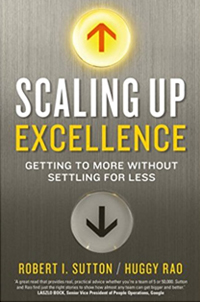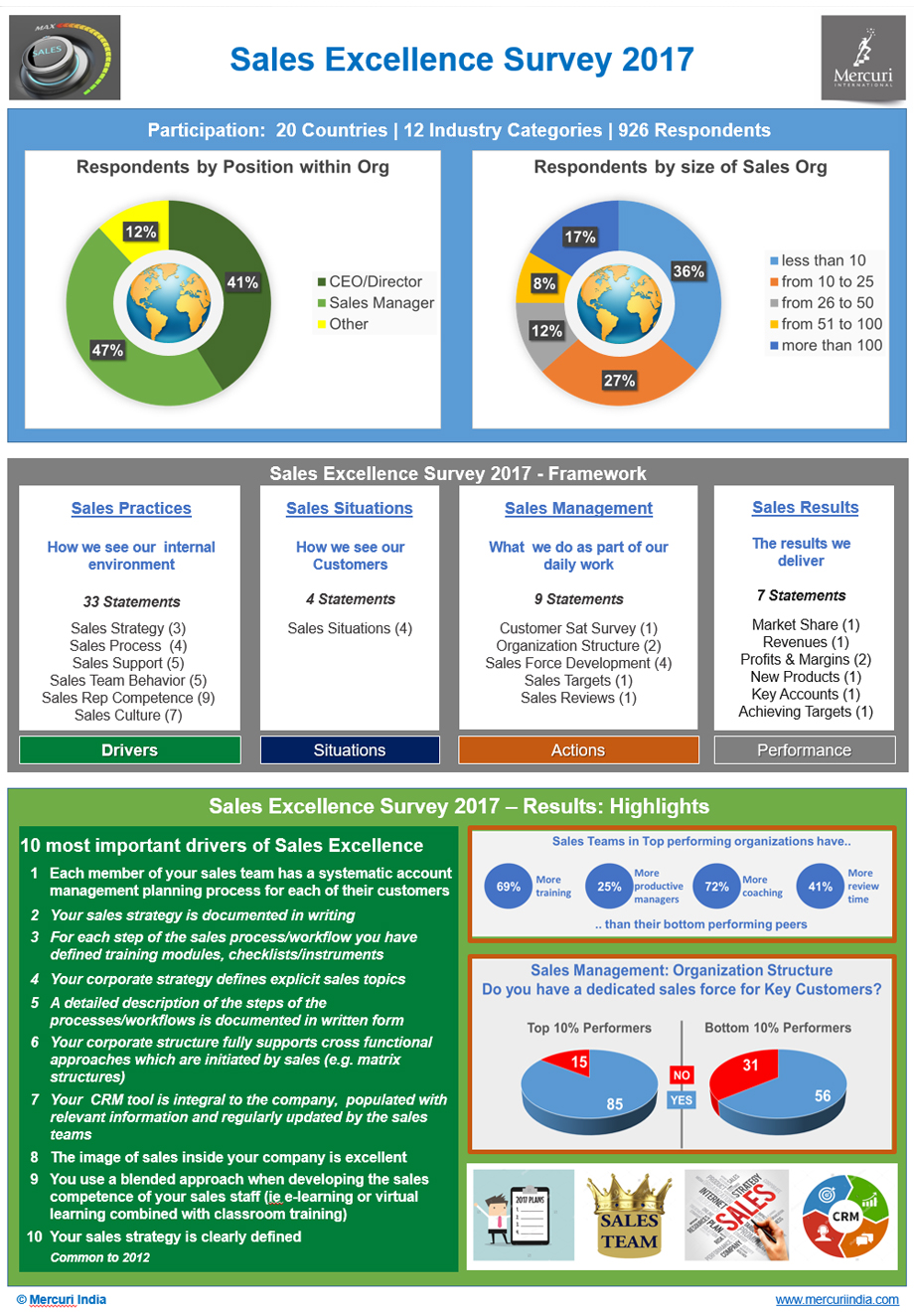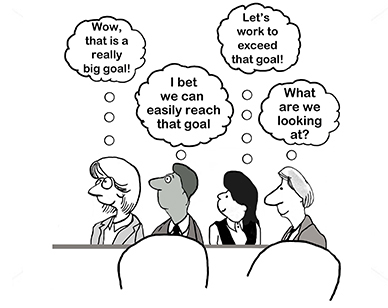
Dear Registered User / Guest User!
Thank you for coming! You will discover here, a treasure trove of insights, concepts, processes & tools.. sure to ignite a spark in taking your sales to a higher level.
All material here is drawn from our timeless classic - Mercuri India Knowledge Blocks.
We can assist you in this discovery.. personalize your experience and alert you as and when something of interest to you comes up here.. if you just register yourself.
You can of course continue as our esteemed Guest, and we will look forward to knowing you better in the future.
Do tell us about your experience here. We learn fast.
Welcome!
Team Mercuri India
Lost your password? Please enter your email address. You will receive a link to create a new password.













